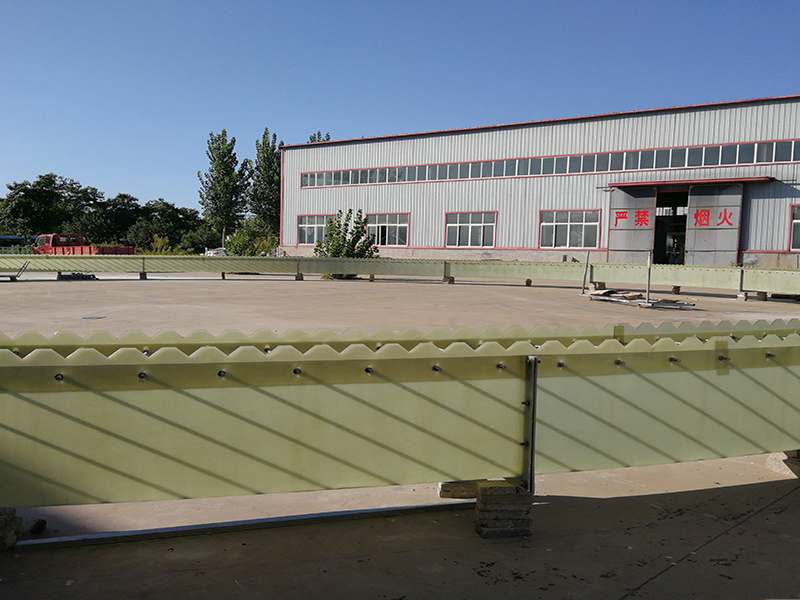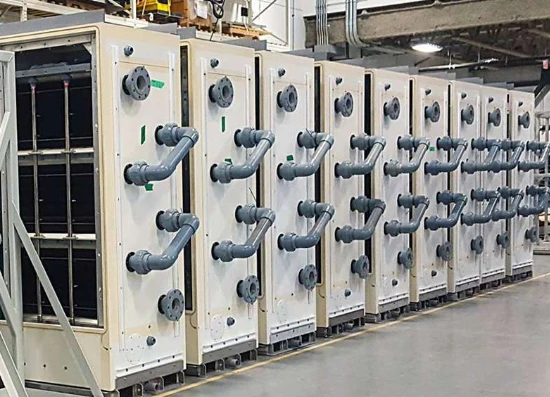
-
 Afrikaans
Afrikaans -
 Albanian
Albanian -
 Amharic
Amharic -
 Arabic
Arabic -
 Armenian
Armenian -
 Azerbaijani
Azerbaijani -
 Basque
Basque -
 Belarusian
Belarusian -
 Bengali
Bengali -
 Bosnian
Bosnian -
 Bulgarian
Bulgarian -
 Catalan
Catalan -
 Cebuano
Cebuano -
 China
China -
 China (Taiwan)
China (Taiwan) -
 Corsican
Corsican -
 Croatian
Croatian -
 Czech
Czech -
 Danish
Danish -
 Dutch
Dutch -
 English
English -
 Esperanto
Esperanto -
 Estonian
Estonian -
 Finnish
Finnish -
 French
French -
 Frisian
Frisian -
 Galician
Galician -
 Georgian
Georgian -
 German
German -
 Greek
Greek -
 Gujarati
Gujarati -
 Haitian Creole
Haitian Creole -
 hausa
hausa -
 hawaiian
hawaiian -
 Hebrew
Hebrew -
 Hindi
Hindi -
 Miao
Miao -
 Hungarian
Hungarian -
 Icelandic
Icelandic -
 igbo
igbo -
 Indonesian
Indonesian -
 irish
irish -
 Italian
Italian -
 Japanese
Japanese -
 Javanese
Javanese -
 Kannada
Kannada -
 kazakh
kazakh -
 Khmer
Khmer -
 Rwandese
Rwandese -
 Korean
Korean -
 Kurdish
Kurdish -
 Kyrgyz
Kyrgyz -
 Lao
Lao -
 Latin
Latin -
 Latvian
Latvian -
 Lithuanian
Lithuanian -
 Luxembourgish
Luxembourgish -
 Macedonian
Macedonian -
 Malgashi
Malgashi -
 Malay
Malay -
 Malayalam
Malayalam -
 Maltese
Maltese -
 Maori
Maori -
 Marathi
Marathi -
 Mongolian
Mongolian -
 Myanmar
Myanmar -
 Nepali
Nepali -
 Norwegian
Norwegian -
 Norwegian
Norwegian -
 Occitan
Occitan -
 Pashto
Pashto -
 Persian
Persian -
 Polish
Polish -
 Portuguese
Portuguese -
 Punjabi
Punjabi -
 Romanian
Romanian -
 Russian
Russian -
 Samoan
Samoan -
 Scottish Gaelic
Scottish Gaelic -
 Serbian
Serbian -
 Sesotho
Sesotho -
 Shona
Shona -
 Sindhi
Sindhi -
 Sinhala
Sinhala -
 Slovak
Slovak -
 Slovenian
Slovenian -
 Somali
Somali -
 Spanish
Spanish -
 Sundanese
Sundanese -
 Swahili
Swahili -
 Swedish
Swedish -
 Tagalog
Tagalog -
 Tajik
Tajik -
 Tamil
Tamil -
 Tatar
Tatar -
 Telugu
Telugu -
 Thai
Thai -
 Turkish
Turkish -
 Turkmen
Turkmen -
 Ukrainian
Ukrainian -
 Urdu
Urdu -
 Uighur
Uighur -
 Uzbek
Uzbek -
 Vietnamese
Vietnamese -
 Welsh
Welsh -
 Bantu
Bantu -
 Yiddish
Yiddish -
 Yoruba
Yoruba -
 Zulu
Zulu
Jan . 20, 2025 09:22
Back to list
frp transition
Fiber-Reinforced Polymer (FRP) transition elements have emerged as a transformative force in modern construction and manufacturing industries. These elements, which bridge the gap between traditional materials and advanced composite applications, are increasingly becoming a subject of interest. This article explores various aspects of FRP transitions, focusing on authentic experiences, specialized knowledge, and authoritative insights that collectively enhance trustworthiness in this innovative field.
Trustworthiness in FRP transition applications cannot be overstated. With the increasing reliance on these materials in safety-critical structures, such as bridges, tall buildings, and marine vessels, there is no margin for error. Companies specializing in FRP production adhere to strict quality control processes to ensure that every component meets the highest standards. Certification by respected third-party agencies adds another layer of credibility, underscoring the commitment to safety and quality assurance. Looking towards the future, the potential for FRP transitions in sustainable construction and manufacturing is immense. With a focus on reducing environmental impact, FRP materials offer an eco-friendly alternative owing to their lightweight nature and durability, leading to lower energy consumption and reduced emissions during transportation and installation. Furthermore, the development of recyclable and bio-based FRP composites promises to close the loop in circular economy models, advancing not just industry standards but also global sustainability goals. In conclusion, the world of FRP transitions stands at the forefront of engineering innovation, poised to redefine traditional practices with superior materials designed for the challenges of tomorrow. Whether from firsthand experiences on engineering projects, foundational scientific expertise, adherence to industry authoritative standards, or assurance of trustworthiness through rigorous testing and certification, the adoption of FRP transitions offers a promising pathway for industries seeking to enhance performance while embracing technological progress. As engineers, researchers, and industry leaders continue to push boundaries, the role of FRP transitions will undoubtedly expand, paving the way for revolutionary changes in how structures and components are designed and realized.


Trustworthiness in FRP transition applications cannot be overstated. With the increasing reliance on these materials in safety-critical structures, such as bridges, tall buildings, and marine vessels, there is no margin for error. Companies specializing in FRP production adhere to strict quality control processes to ensure that every component meets the highest standards. Certification by respected third-party agencies adds another layer of credibility, underscoring the commitment to safety and quality assurance. Looking towards the future, the potential for FRP transitions in sustainable construction and manufacturing is immense. With a focus on reducing environmental impact, FRP materials offer an eco-friendly alternative owing to their lightweight nature and durability, leading to lower energy consumption and reduced emissions during transportation and installation. Furthermore, the development of recyclable and bio-based FRP composites promises to close the loop in circular economy models, advancing not just industry standards but also global sustainability goals. In conclusion, the world of FRP transitions stands at the forefront of engineering innovation, poised to redefine traditional practices with superior materials designed for the challenges of tomorrow. Whether from firsthand experiences on engineering projects, foundational scientific expertise, adherence to industry authoritative standards, or assurance of trustworthiness through rigorous testing and certification, the adoption of FRP transitions offers a promising pathway for industries seeking to enhance performance while embracing technological progress. As engineers, researchers, and industry leaders continue to push boundaries, the role of FRP transitions will undoubtedly expand, paving the way for revolutionary changes in how structures and components are designed and realized.
Next:
Related Products
Latest news
-
Exploring the Benefits of Top Hammer Drifter Rods for Enhanced Drilling PerformanceNewsJun.10,2025
-
High-Precision Fiberglass Winding Machine for GRP/FRP Pipe Production – Reliable & Efficient SolutionsNewsJun.10,2025
-
FRP Pipes & Fittings for Shipbuilding - Corrosion-Resistant & LightweightNewsJun.09,2025
-
Premium FRP Flooring Solutions Durable & Slip-ResistantNewsJun.09,2025
-
Premium Fiberglass Rectangular Tanks Durable & Lightweight SolutionNewsJun.09,2025
-
Tapered Drill String Design Guide Durable Performance & UsesNewsJun.09,2025









